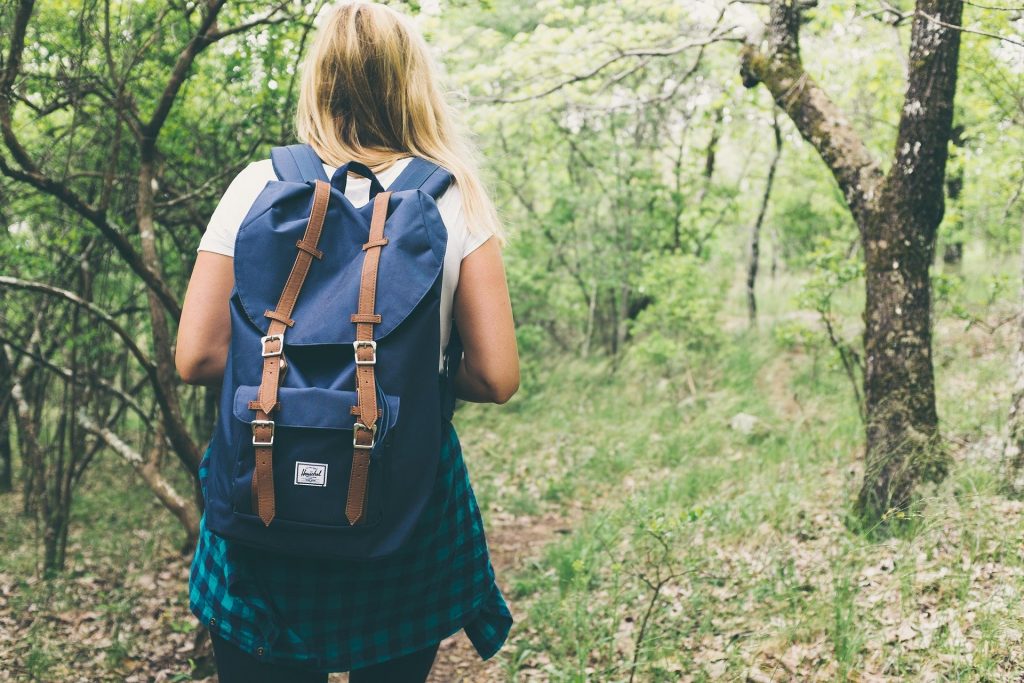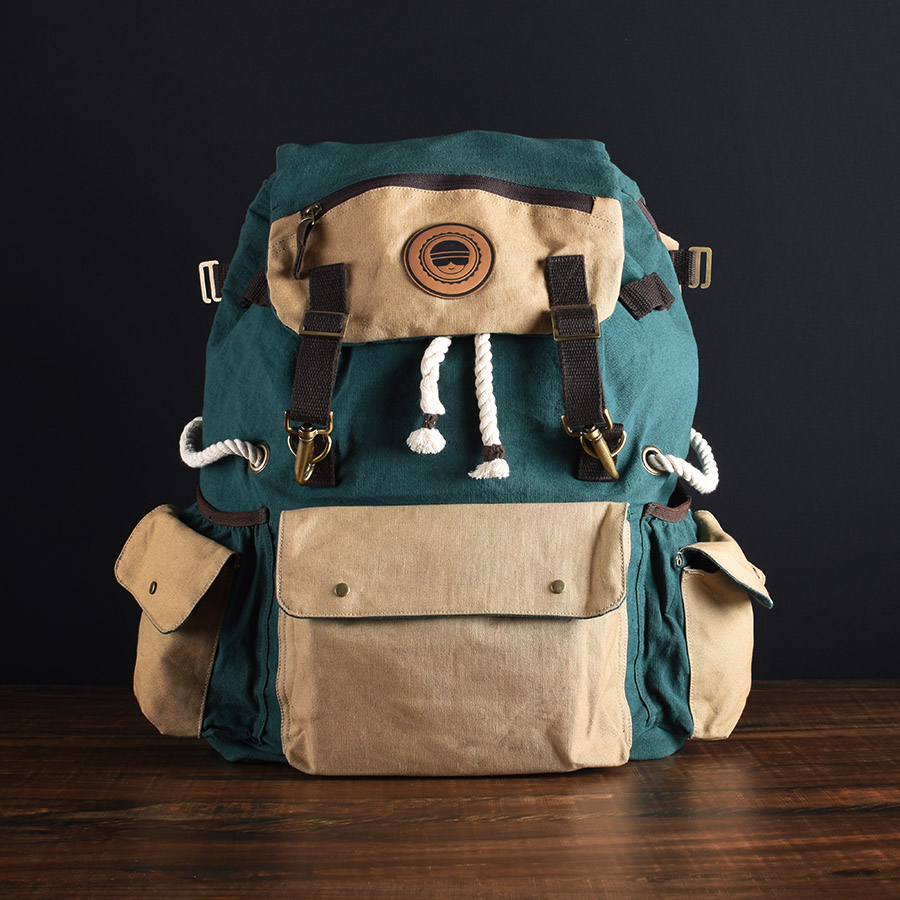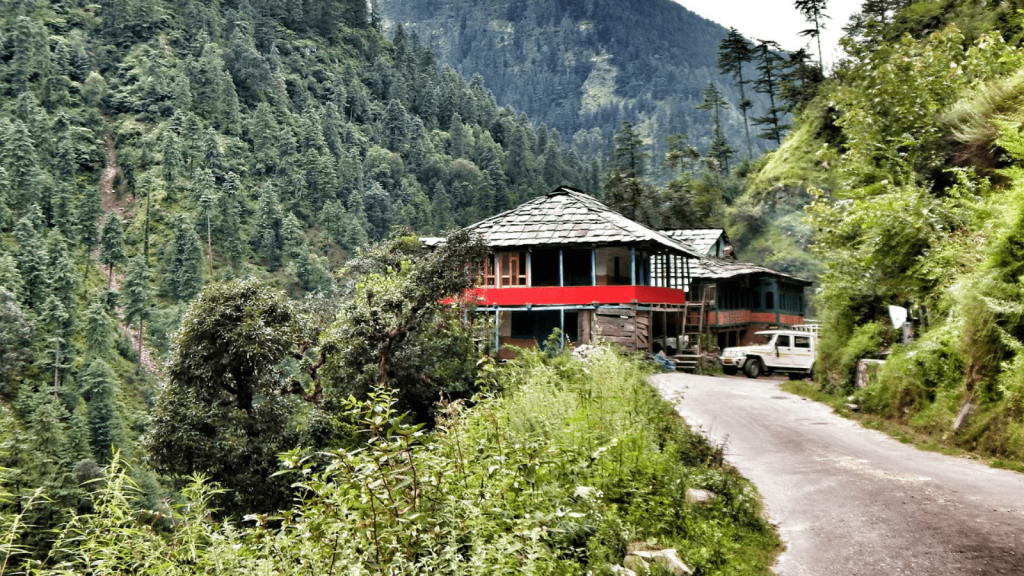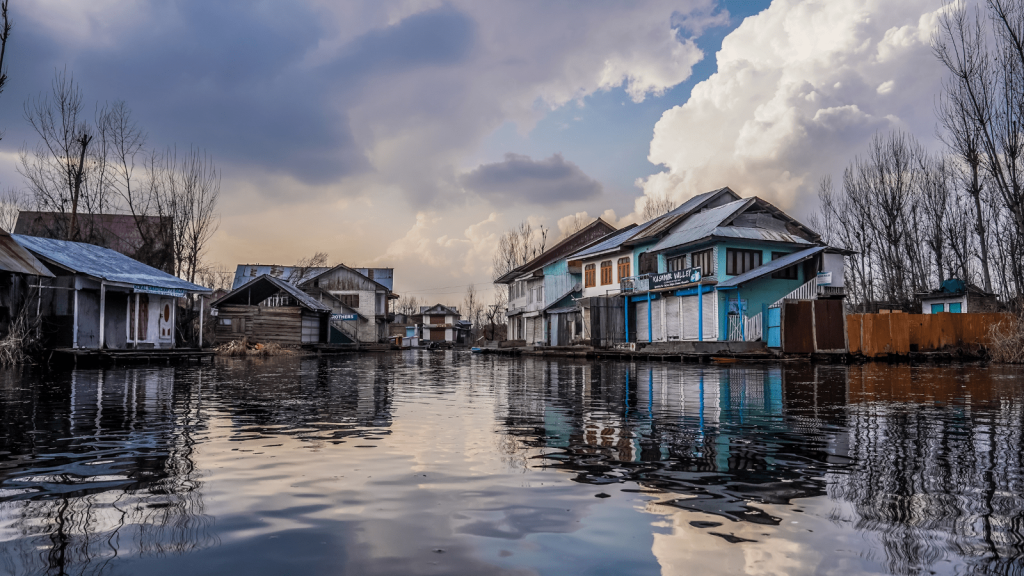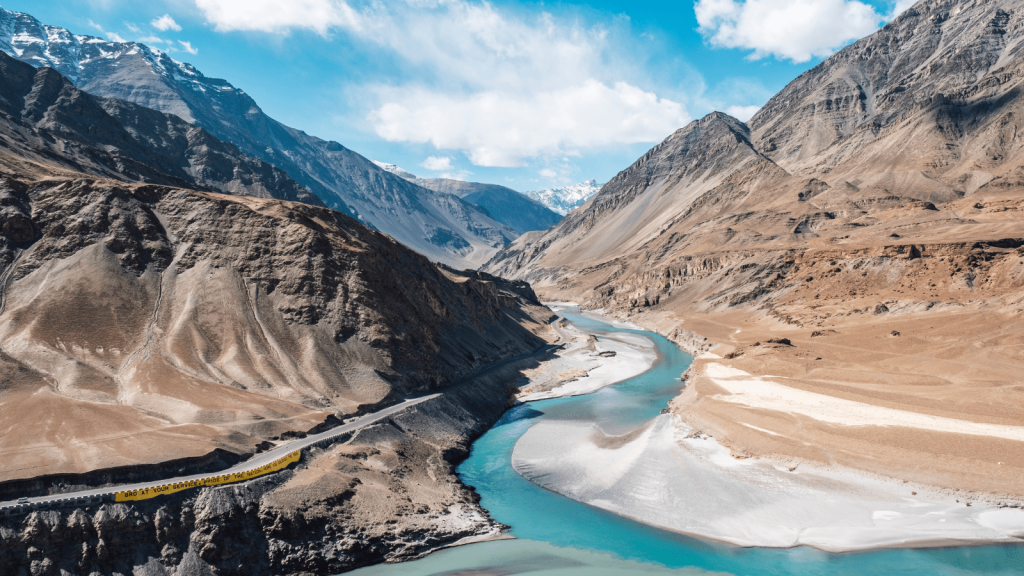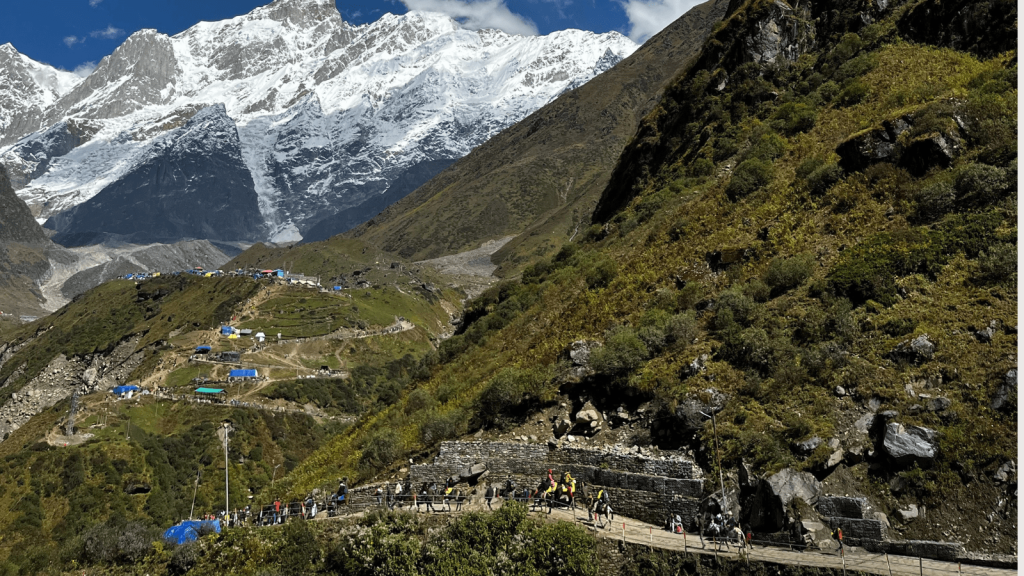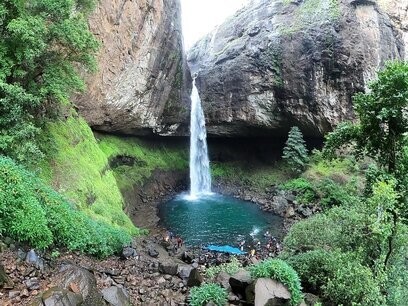How to choose your backpack for your next trip
How to Choose Your Backpack. Choosing the right backpack is no less than art as various models are available that offer backpacks in different sizes, fits and with different features. Backpacks requirement depends upon your destination and the duration of the trip. Here we are giving you specific tips so that choosing your right backpack becomes way easier for you
The ideal capacity of a backpack is decided by the number of days and the location of the trip
The pack volume of the backpack refers to the inside space in the back which is measure in liters. Listed below is the chart with the volume in liters of the backpacks and activity for which it is ideal.
- 15 to 30 - For day hikes or School
- 30- 50 -For an overnight trip like camping or hiking. It can suffice for one or two-night stuff.
- 45 to 55 - Best for a weekend trip that comprises of 2 to 3-night stay.
- 50 - 80 - Meant for extended trips that last 4+ nights. These are preferably used for back skiing, day-trips, and overnighters.
- For the extended trips, the ideal capacity is 70l or larger. Such bags can accommodate packs for 5 days or more usually.
While on the winter treks, these packs can accommodate extra clothing, a warmer sleeping bag, and a four-season tent along with the additional poles.
The Material of the Backpack
Nylon and polyester are the most popular material used for backpack manufacturing. The higher is the denier, more reliable, and more substantial is the fabric. The base of the backpack is made up of top- denier fabric to cope abrasion. Investing in the waterproof or water-resistant backpack is not a luxury anytime. Your backpack must be a lightweight that should not add weight during the trek. If the backpack is for the business purpose, it should be polished and sleek with plenty of pockets and laptop sleeves so that everything kept inside is organized.
Backpacks should have convenient organizational features like a padded, side laptop sleeve, easily accessible front pocket, compartments for gadgets sunglasses, water bottle. For the hardest environment, backpacks should have large compartments and pockets to accommodate carry- on size pieces. There should be silent zipper pools, trekking poles attachments, and compression straps.
The Backpack must have features
Different kinds of backpacks are available classified on the frame basis such as internal or external or frameless backpacks.
- Internal Frame - The internal frame packs provide support to the hiker on uneven or off-trail terrain.
- Air Ventilation - Ventilation chimneys built into the back panel of the backpack promotes airflow. The air ventilation combats the sweaty back syndrome which is prevalent with the internal frame packs. There is a trampoline-like design on the backpack that keeps your back at a distance from the bag. There is a highly breathable mesh called tension mesh suspension.
- Easy Access - The standard backpack comes with the top-loading opening. While others have a zippered front panel that folds opens, exposing the full interior of the backpack and some have a side zipper. The removable top lid is perfect for the day trips that can be detached top lid can be converted into a hip belt.
- Pockets - Several pockets in the backpack depend upon its capacity. There can be hip belt pockets, shovel pockets, front pockets, and elasticized side pockets. The sleeping bag compartment is a zippered stash spot towards the end.
- Padding - Cushier hip-belt provided support on the hips and the lower back. Minimalistic hip belt and lumbar pad can cause sore spots on hips. Some attachments on the sides or in the front of the bag help to loop gears on the hip belt and the low side of the backpack body.
- Prevention Against Theft - Travel backpacks with the locks prevent theft. It is better to buy a back with lockable zippers.
- Waist Belt - Waist belt or the hip belts are provided to accommodate the full range of hip size that is from mid-20 inches to mid-40 inches. Some bags have interchangeable hip belt features, which makes it easier to change one size for another.

